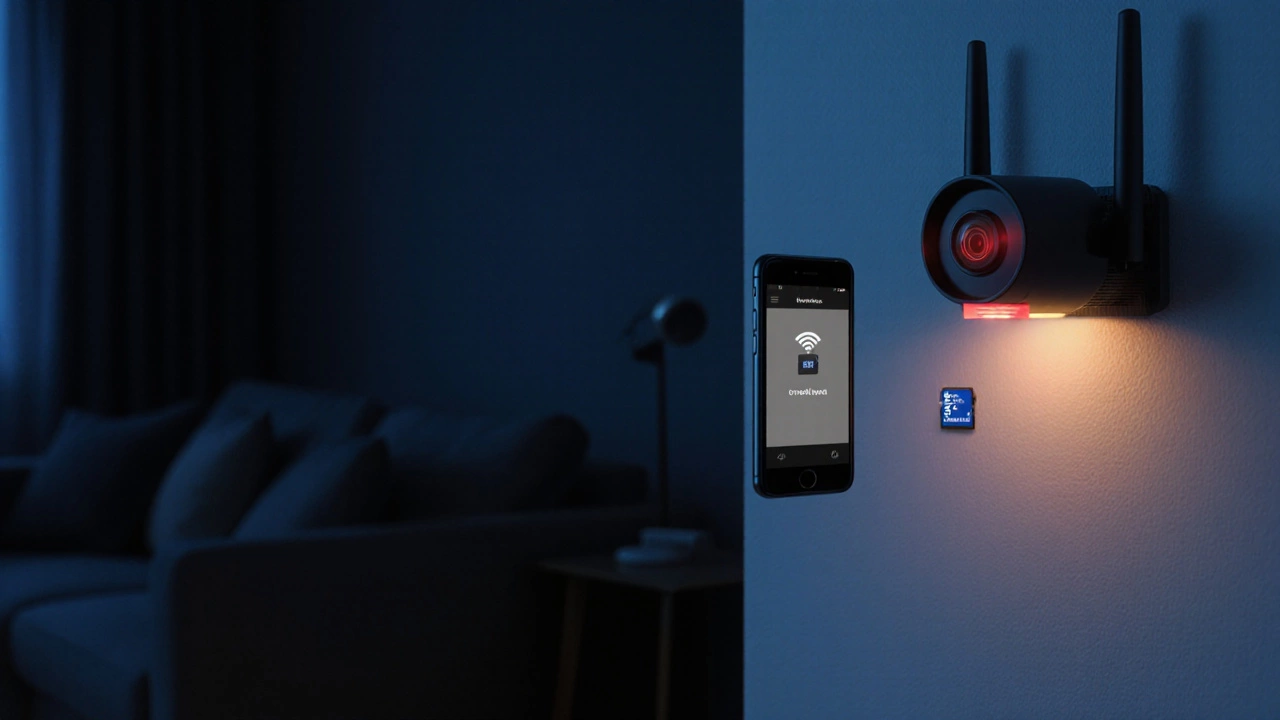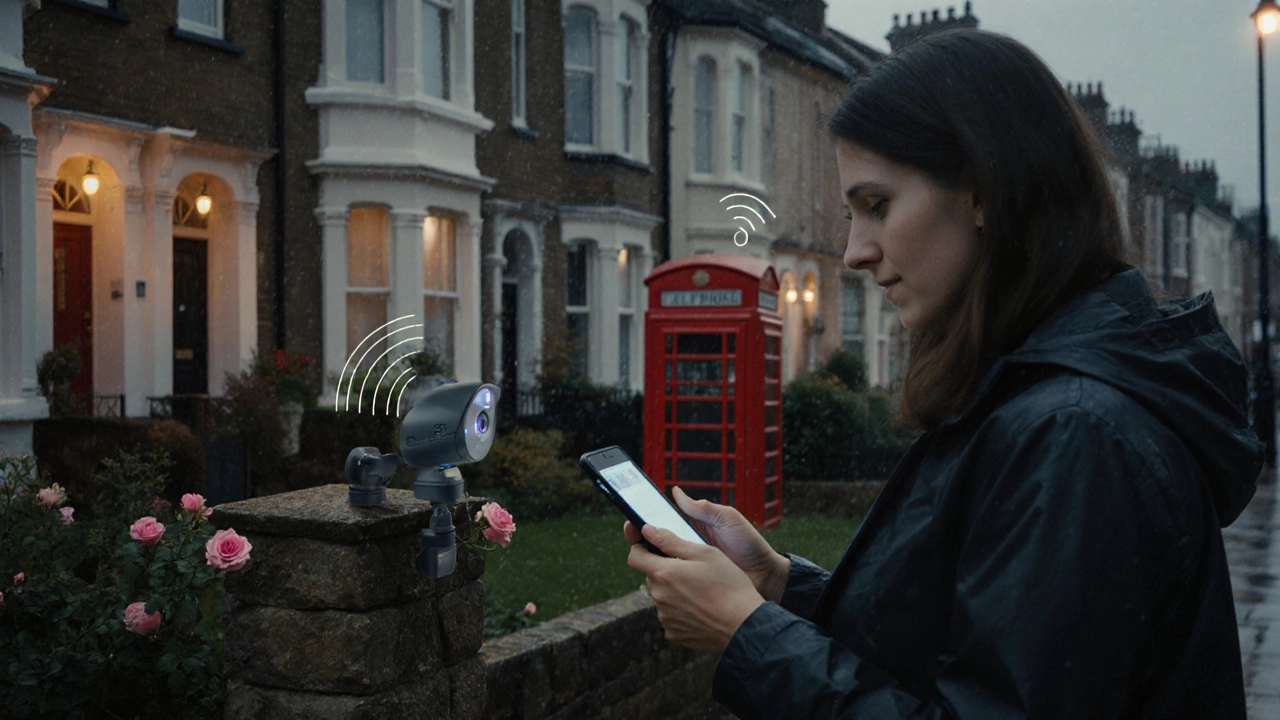If you’re looking for a camera system that’s easy to set up and doesn’t need a mess of cables, wireless CCTV is the answer. It lets you keep an eye on your property from anywhere without drilling through walls or hiring an electrician.
In this guide we’ll walk through the main reasons people pick wireless CCTV, what to watch out for, and how to get the most out of your system. By the end you’ll know which features matter, how to avoid common pitfalls, and where to find the best deals.
First off, wireless CCTV saves time. You simply mount the camera, plug it into power (or use a battery model), connect to your Wi‑Fi, and you’re ready. No long runs of coaxial cable, no hidden wiring, and you can move the cameras if you rearrange your space.
Second, wireless setups are usually cheaper to install. Since you skip the labour of routing cables, you can often do the whole job yourself. That means lower upfront costs and the flexibility to upgrade one camera without re‑wiring the whole system.
Wi‑Fi Compatibility – Make sure the camera works with your router’s band (2.4 GHz is most common for range). Some newer models support dual‑band 5 GHz for faster video streams.
Power Options – Choose between plug‑in, PoE (if you have Ethernet available) or battery‑powered units. Battery models are great for hidden spots but need periodic charging.
Video Quality – Today 1080p is the baseline, but 4K is becoming affordable. Higher resolution gives clearer faces and license plates, though it demands more bandwidth.
Storage – Look for cloud storage plans that fit your budget, or a local microSD slot if you’d rather keep footage at home. Some cameras offer hybrid storage for extra safety.
Night Vision – Infrared LEDs let the camera see in total darkness. Check the range; a 20‑meter IR range is fine for a front door, while a driveway may need 30‑meter coverage.
Motion Alerts – Real‑time push notifications to your phone help you respond fast. Some systems let you set zones so you only get alerts when activity happens in specific areas.
All the articles linked on this page dive deeper into each of these topics. For example, the “How to Choose a Wireless Security Camera: 2025 Home Guide” breaks down coverage, power, and privacy in plain English, while the “Do I Need Internet for Wireless Security Cameras?” article explains when you can run a camera offline.
When you’re ready to buy, compare a few models side by side. Look at the spec sheet, read user reviews, and think about where you’ll mount the camera. A camera with a wide‑angle lens might cover a whole porch, but a narrow‑focus model could be better for a driveway entrance.
Installation is usually a breeze. Most cameras come with a simple app that walks you through connecting to Wi‑Fi, positioning the camera, and setting up motion zones. If you run into trouble, the “Connect Security Cameras to Your Phone: Step‑by‑Step Guide for 2025” article has a handy troubleshooting section.
Finally, keep your system secure. Change the default password, enable two‑factor authentication if the app supports it, and keep the firmware updated. An insecure camera can become a backdoor for hackers, so a few minutes of maintenance go a long way.
Wireless CCTV gives you flexibility, cost savings, and peace of mind when set up right. Use the guides on this page to pick the right camera, install it safely, and keep your footage protected. Happy monitoring!

When WiFi goes out, most wireless security cameras stop sending alerts and live feeds-but many still record locally. Learn what actually works during an outage and how to protect your home.

Explore whether all security cameras need Wi‑Fi, learn the differences between wireless, wired, and hybrid models, and discover the best setup for your home.

Connecting security cameras to your phone without WiFi might sound tricky, but it's completely doable. This article explores different methods to bridge your phone with security cameras using wired or direct connections. You'll learn about practical solutions like hotspot connections, Bluetooth, and hardwired options. These approaches can be lifesavers when WiFi access is limited or unavailable. Equip yourself with the know-how to keep an eye on things, no internet needed.